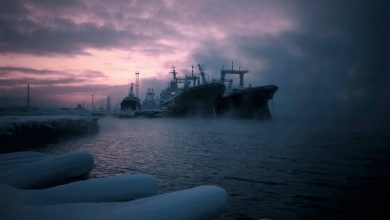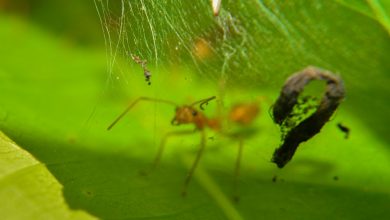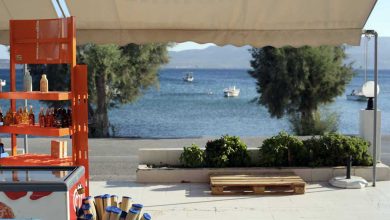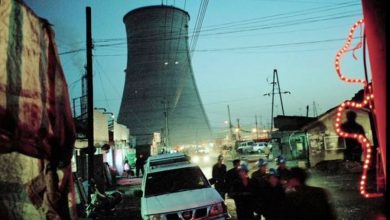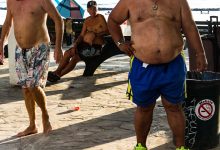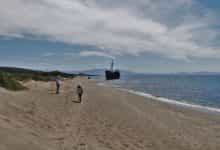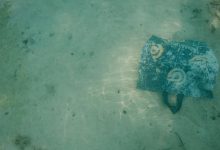
At a waterfront in the Gandiol, the handful of fish Oumar catches will feed his family of seven. His hook meanders between plastic bags, rusty cans, and not far from a sewage outlet. Many fishermen along the Senegalese coastline take each day as it comes. Offshore, they face asymmetric competition with the massive industrialized fleets from Europe and Asia, which threaten to quickly extinguish a once vast resource.
Tourism is an alternative, but it is ruled by foreign capital, and foreign perceptions too. In contrast to its heavily affected neighbours, or even the U.S. and Europe, Senegal mastered the Ebola threat with aplomb. Its solitary case was quickly isolated, cured, and repatriated. Despite this success, the country was stigmatized and tourism and trade were heavily affected.



A social and political stability survives. In Dakar and elsewhere, this stability is palpable, audible, in the energy and manner with which people talk to each other, in the calmness of their gaze. But financial poverty has broad roots, internal and external. Colonialism turned into neo-colonialism. Abundant resources, like the fisheries that support hundreds of thousands of Senegalese, are preferentially leased to foreign investors. That cash rarely reaches affected communities. A tuna fishing agreement with the E.U. in May 2014 serves as recent example.
The afternoon dims and Oumar must do with the day’s catch. He hopes to sell one or two fish on the way home. As he walks back, he asks Amadou, his son, how school was today. Amadou says he lost his pen and needs a new one. His father gives him a look of irritation. School is important, he says, to escape the fate of a poor fisherman. Would that be enough? Seamanship experience can at least help prevent drowning when sailing to reach a financially better life.
Author’s note: the identities of those photographed were changed to protect their privacy (Felipe Monteverde)



Q&A with Felipe Monteverde
Photography is…
…the making of a memory. A memory in the sense that it can include sensations, feelings, and thoughts, and where the image is not necessarily the dominant facet. A photograph is the photographer’s at first but migrates to whomever observes it, becoming unique each time. It is a memory that roots a tree of memories.
I think we feel a deep connection to photography in part because we remember things as mental photographs. Movement seems also to be mostly remembered as successions of photographs, rather than as mental video. Mental photographs shape how we feel, sense and think. Over time, they can fuse, detach, and merge; they can also blur or fade. There is also the danger, or blessing, that an observed photograph replaces the mental photograph that is the existing memory of an experience.
Photography and writing…
…are like good friends, who can often be together, who can be more than the sum of their parts, but who also need, and enjoy, being by themselves.
When I am at an exposition, or with a photography book, I never know what to do first, observe the photo or read the accompanying text, if present. I tend to lean toward the photo first, but each option surely has a different outcome. I guess I will never experience the other.
Who left the biggest impression on you?
I am not sure, but when I was a child, a highlight of some family evenings was to look at slides from past holidays, mostly taken by my father, and projected on a wall of our house. This may have woken my taste for photography. Later, I remember being astonished by the photography in Stanley Kubrick’s films and realizing his images had a quality that was independent from the inherent motion and sound of the film. Others have surely also influenced how I envision photographs, including Magritte, Cartier-Bresson, Salgado.
Tell us a little about yourself
The majority of images I have taken have been not with a conventional camera, but with a microscope, as part of my biology work. Nevertheless, it was my interest in photography that drove me to microscopy, rather than the other way around.
Taking micrographs may be akin to studio work, where most conditions are controlled and the outcome can be somewhat predicted. This may be why, when I take my camera, I prefer the unpredictable, the surprising, the split-second situations of street and reportage photography.







